From Mobygames:
Crusaders of the Dark Savant is the seventh installment of the Wizardry series and a direct sequel to Bane of the Cosmic Forge. In the end of the previous game, the party of heroes finally acquired the Cosmic Forge. However, before they were able to decide what to do with it, it was taken away by a servant of the Cosmic Lords, the cyborg Aletheides. It appears that the Cosmic Forge was in fact a clue to the location of the Astral Dominae, the artifact of life, somewhere on the planet Guardia, which has now been revealed to the universe.
The heroes then travel to Guardia, which is populated by many races and organizations with their own agendas, including the rhinoceros-like Imperial Umpani Federation and the spidery T'Rang affiliated with a malevolent being known as the Dark Savant, whose goal is to get rid of the Cosmic Lords. All these factions are looking for the Astral Dominae, finding which is the primary goal of the game. Depending on the decisions made by the player in the previous game (should he opt to import the party from there), the game will have different openings and begin in different locations. However, regardless of the initial premise, the player is free to follow or betray whatever faction he was supposed to be allied with.
The gameplay system is very similar to that of its predecessor, retaining the races, the classes, the skills and the magic system it introduced to the series. The trademark first-person exploration and turn-based combat are present as well. Unlike the previous games, Crusaders of the Dark Savant allows the player to explore towns and vast forest areas between them, in addition to several large dungeons situated in different areas of the game world. Many NPCs have their own agendas and may move between locations as well, and even obtain crucial items themselves if the player-controlled party is not quick enough, forcing the player to change plans. The exotic setting contains elements of science fiction on top of the traditional fantasy background. Like in the previous game, encounters, events, as well as the heroes' reflections upon them are described through text messages.
A few skills have been added, including swimming and climbing, as well as diplomacy. The latter reflects the more important role dialogues and interaction with NPCs play in the game compared to the previous installments of the series. A mapping skill has been added, which, if learned, displays – for the first time in the computer releases of Wizardry games – an automap on top of the exploration screen. Skills are increased with repeated usage and the characters now receive separate bonus points for each category (weapon, physical, and academia). Like before, magic is divided into four schools (Psionics, Alchemy, Theology, and Thaumaturgy) and six elemental categories.
Specification: Wizardry VII: Gadeia no Houshu
|
User Reviews
Be the first to review “Wizardry VII: Gadeia no Houshu” Cancel reply
- Show all platforms
- 3DO
- Acorn Archimedes
- Acorn Atom
- Acorn Electron
- Action Max
- Amiga
- Amiga CD32
- Amstrad CPC
- Amstrad GX4000
- Android
- APF MP-1000
- Apple II
- Apple Pippin
- Arcade
- Atari 2600
- Atari 5200
- Atari 7800
- Atari 800
- Atari Jaguar
- Atari Jaguar CD
- Atari Lynx
- Atari ST
- Atari XE
- Bally Astrocade
- Bandai TV Jack 5000
- BBC Bridge Companion
- BBC Micro
- Casio Loopy
- Casio PV-1000
- Coleco Telstar Arcade
- Colecovision
- Commodore 128
- Commodore 16
- Commodore 64
- Commodore PET
- Commodore Plus/4
- Commodore VIC-20
- Didj
- Dragon 32/64
- Emerson Arcadia 2001
- Entex Adventure Vision
- Entex Select-a-Game
- Epoch Cassette Vision
- Epoch Super Cassette Vision
- Evercade
- Fairchild Channel F
- Famicom Disk System
- FM Towns Marty
- Fujitsu FM-7
- Gamate
- Game & Watch
- Game Wave
- Game.com
- Gizmondo
- GP32
- Handheld Electronic Games (LCD)
- HyperScan
- Intellivision
- Interton VC 4000
- iOS
- J2ME (Java Platform, Micro Edition)
- Jupiter Ace
- Mac OS
- Magnavox Odyssey 1
- Magnavox Odyssey 2
- Mattel Aquarius
- Mega Duck
- Microsoft Xbox
- Microsoft Xbox 360
- Microsoft Xbox One
- Microsoft Xbox Series X
- Milton Bradley Microvision
- MSX
- N-Gage
- Neo Geo
- Neo Geo CD
- Neo Geo Pocket
- Neo Geo Pocket Color
- Nintendo 3DS
- Nintendo 64
- Nintendo DS
- Nintendo Entertainment System (NES)
- Nintendo Game Boy
- Nintendo Game Boy Advance
- Nintendo Game Boy Color
- Nintendo GameCube
- Nintendo Pokémon Mini
- Nintendo Switch
- Nintendo Switch 2
- Nintendo Virtual Boy
- Nintendo Wii
- Nintendo Wii U
- Nuon
- Oculus Quest
- Oric-1
- Ouya
- Palmtex Super Micro
- PC
- PC-88
- PC-98
- PC-FX
- Philips CD-i
- Philips Tele-Spiel ES-2201
- Pioneer LaserActive
- Playdate
- Playdia
- R-Zone
- RCA Studio II
- SAM Coupé
- Sega 32X
- Sega CD
- Sega Dreamcast
- Sega Game Gear
- Sega Genesis
- Sega Master System
- Sega Mega Drive
- Sega Pico
- Sega Saturn
- SEGA SG-1000
- Sharp X1
- Sharp X68000
- SHG Black Point
- Sinclair QL
- Sinclair ZX Spectrum
- Sinclair ZX81
- Sony Playstation 2
- Sony Playstation 3
- Sony Playstation 4
- Sony Playstation 5
- Sony Playstation Portable
- Sony Playstation Vita
- Stadia
- Super Nintendo (SNES)
- Tandy Visual Interactive System
- Tapwave Zodiac
- Texas Instruments TI-99/4A
- Tomy Tutor
- TRS-80 Color Computer
- TurboGrafx 16
- TurboGrafx CD
- V.Smile
- Vectrex
- VTech CreatiVision
- VTech Socrates
- Watara Supervision
- WonderSwan
- WonderSwan Color
- Xavix Port
- Show all platforms
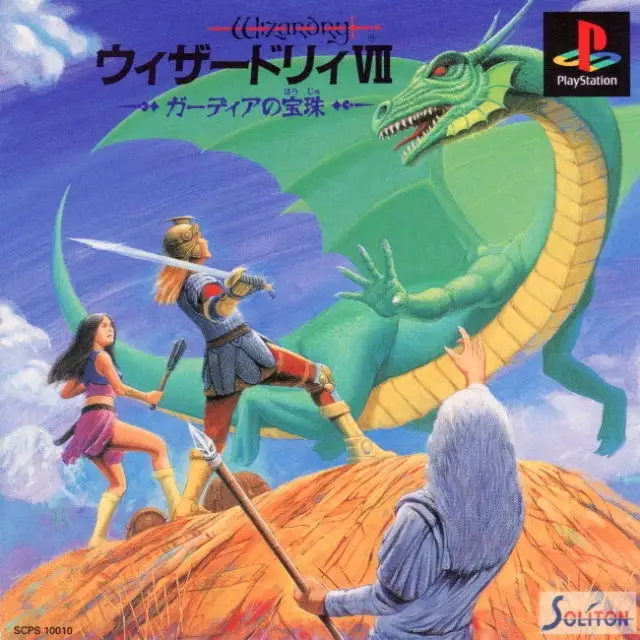
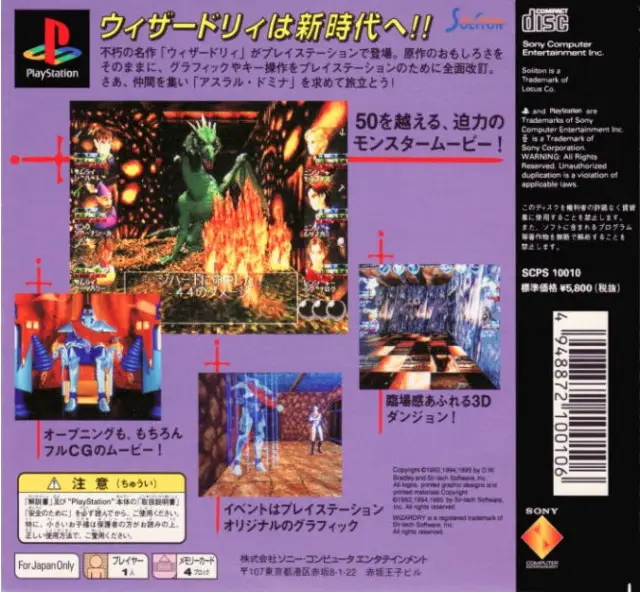


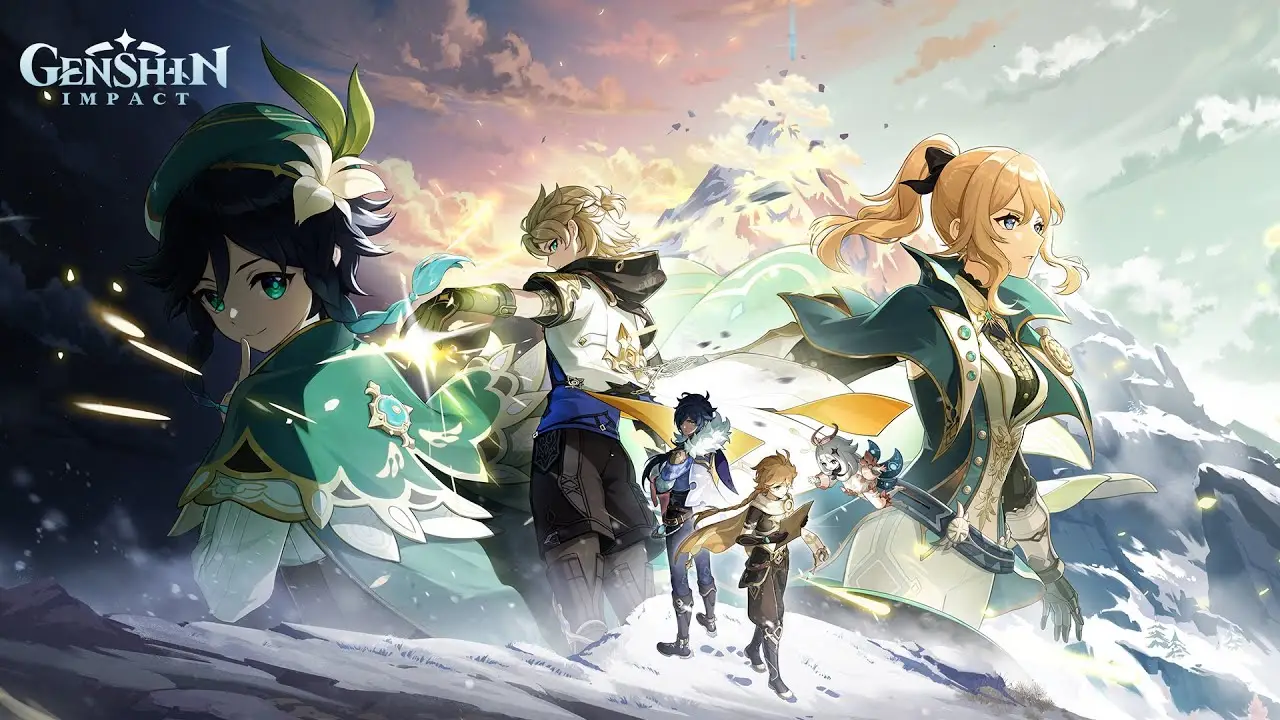
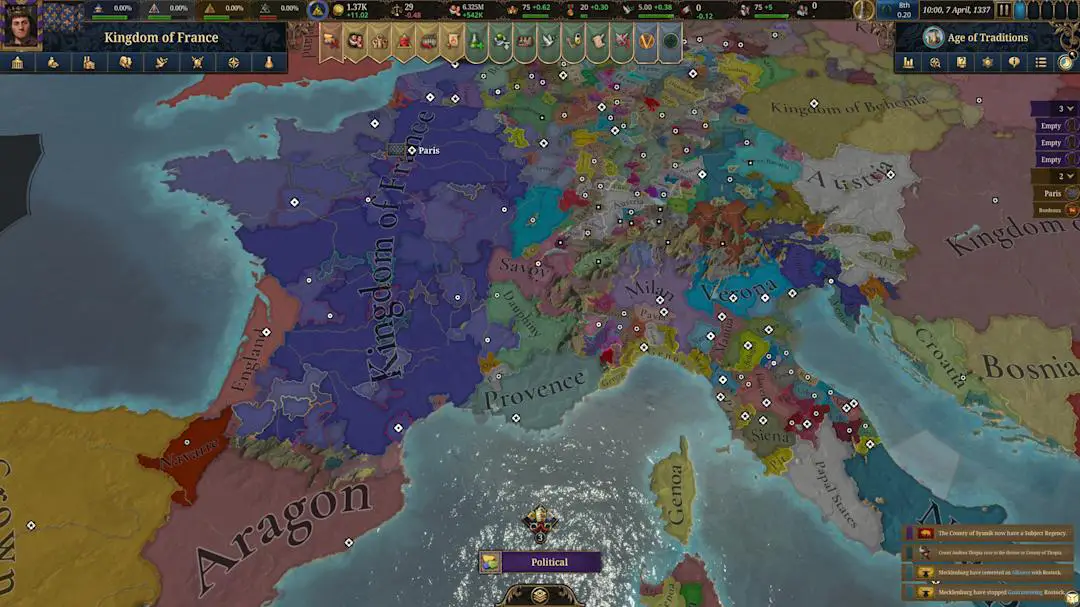

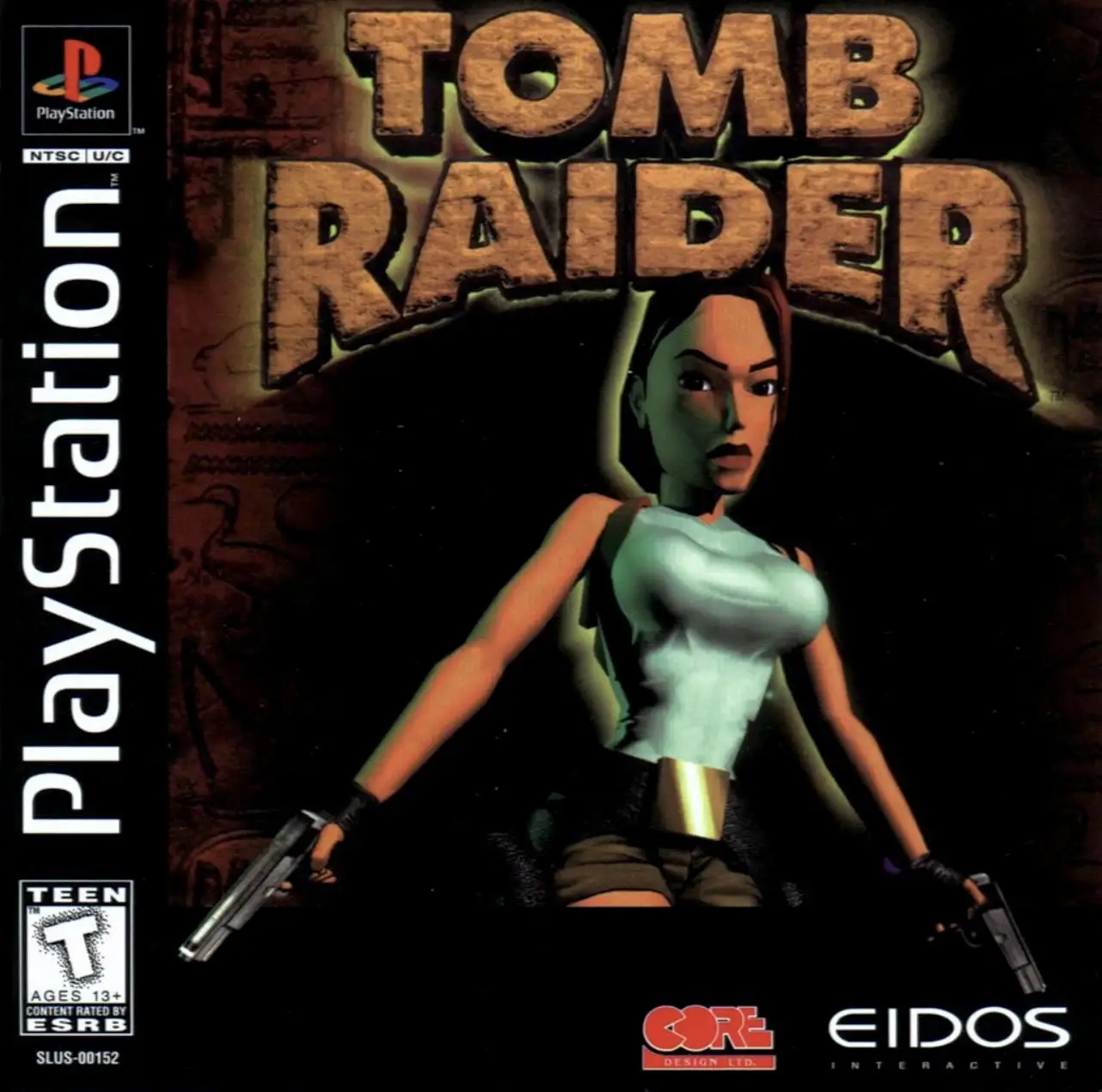
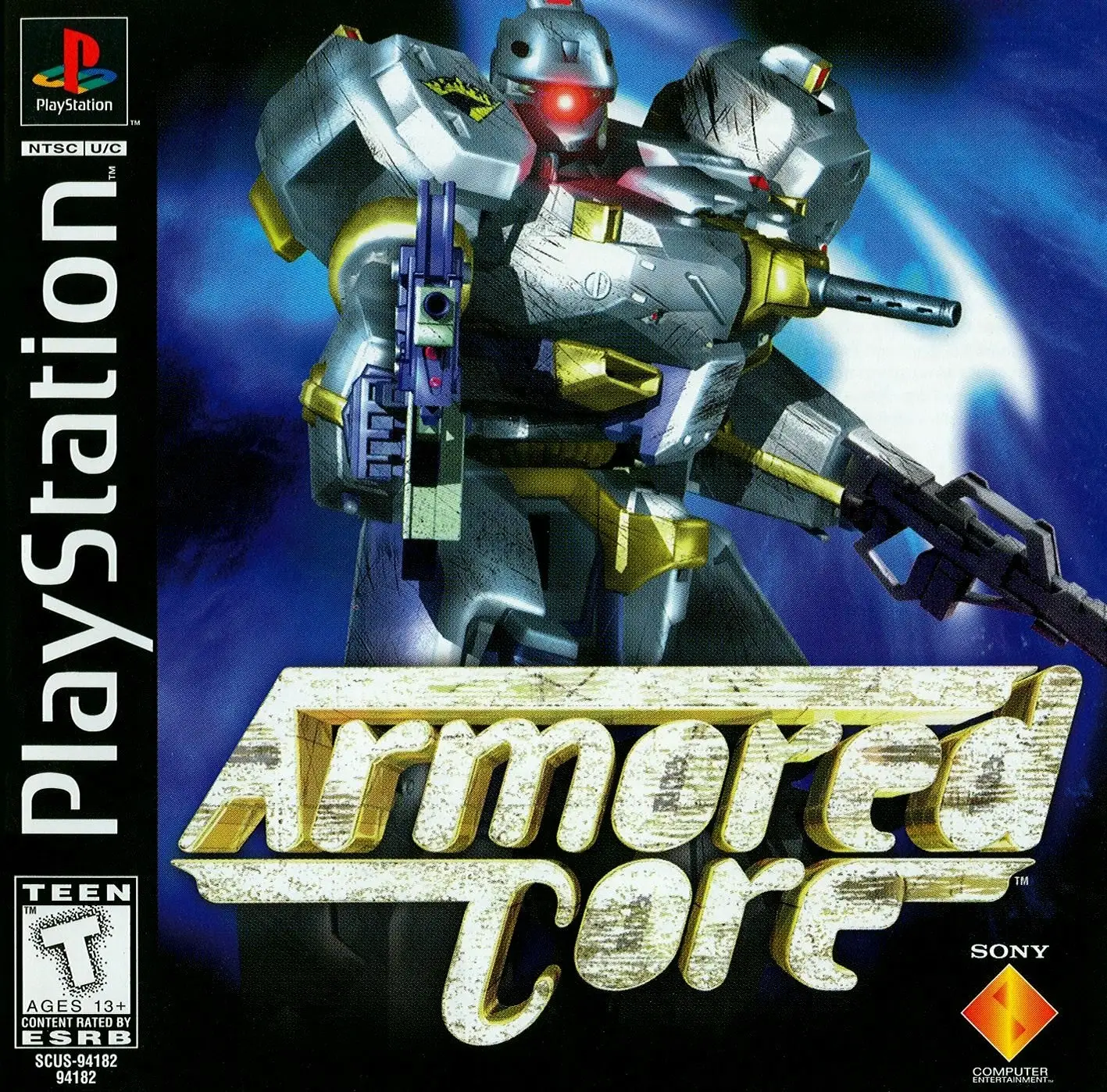
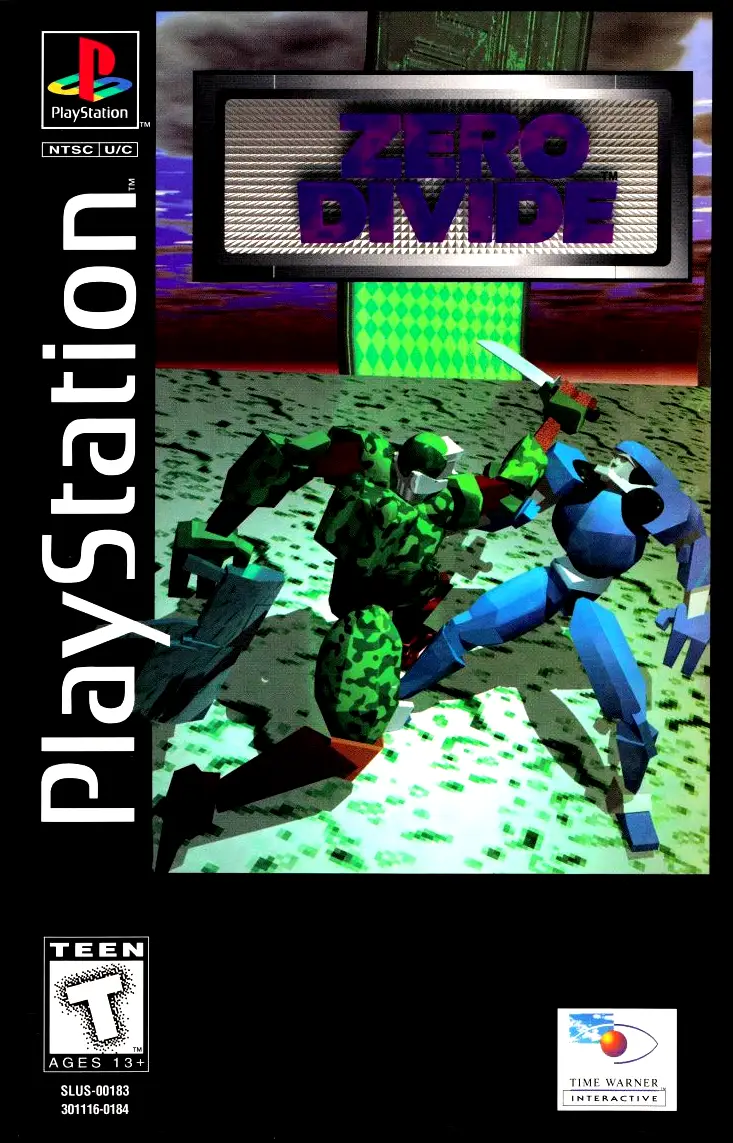
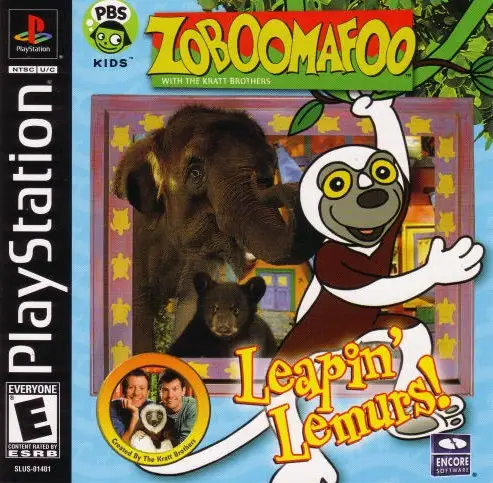

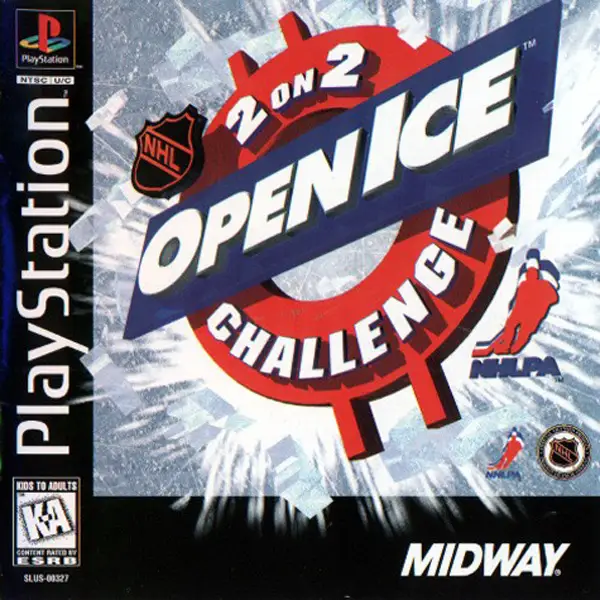
There are no reviews yet.